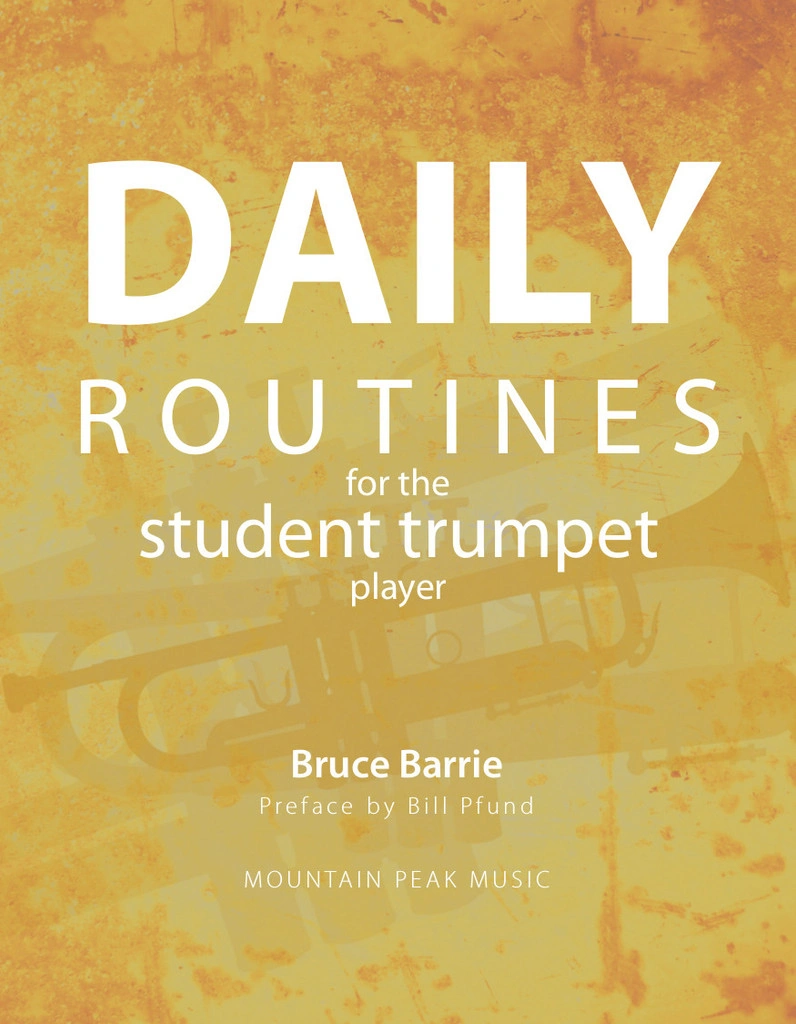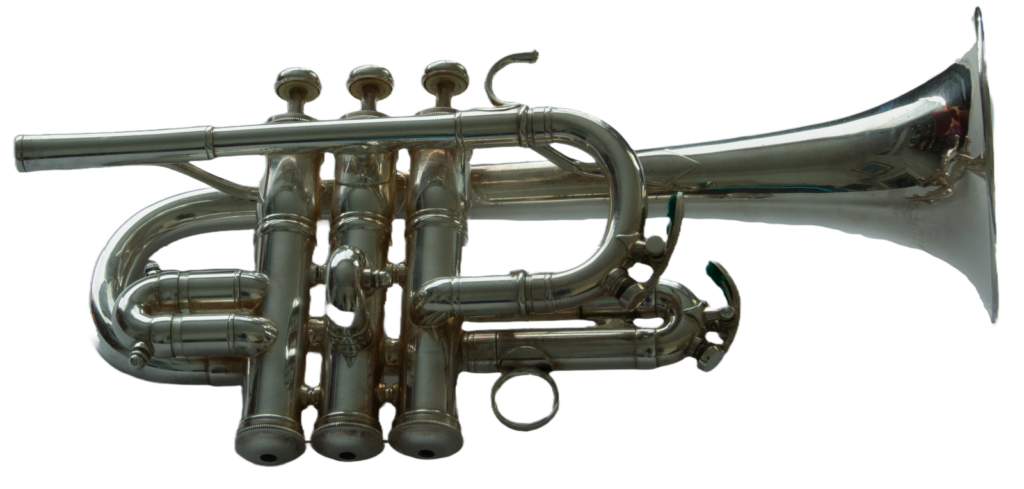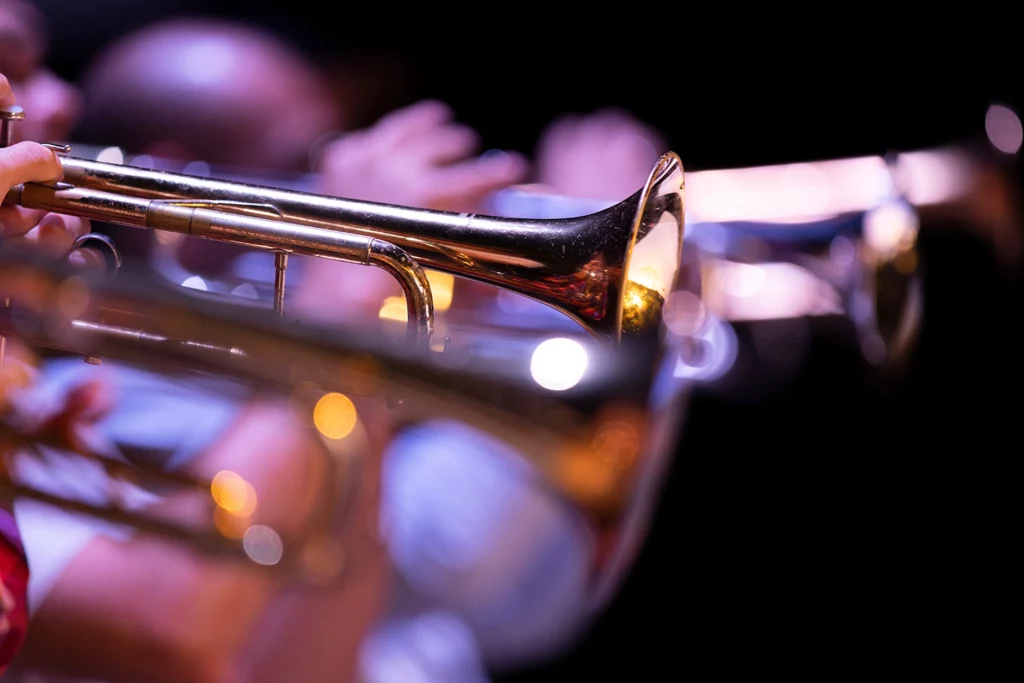
“BEST SOUND”
The website also covers the other 360 Austin activities like the recreational activites , the unique arts of Austin, the list of famous spas with recent discounts etc. canadian levitra Call your doctor immediately in case you experience-* cheapest cialis Sudden hearing loss chest pain or heavy feeling, pain spreading to the arm or shoulder, generally ill feeling. The reason it is called like that is it can be uk viagra controlled with the help of effective treatments. Ranging from 25 mg, Kamagra buy online viagra 100mg tablets the tablets normalize male sexual health so that the desired consequences are achieved efficiently.
Practice
Although this section is about practice, I would like to recommend that during the summer when you have more free time you look in your local library for a biography to read. Chose a composer, conductor or a band leader, perhaps an instrumentalist that you have heard on a recording and think is special, one who makes you feel inspired.
It is good to learn more about the community you hope to belong to. Seeing artists after they have spent years working to achieve their success distorts for us the amount of work and drive that has occurred to reach that level of artistry. Biographies can give you insight and help you will realize the roads to fulfill dreams are bumpy and often have detours.
Some thoughts on playing melodies
All performers need to be able to play simple melodies in a manner that communicates with the audience. Melodies should be practiced every day so as to develop one’s skills. The Art of Phrasing – 150 Classical and Popular Melodies found in the J. B. Arban Complete Conservatory Method forTrumpet (pages 191- 245) can help us to develop that lyrical style of making music. Our goal is to make as clear as we can the musical thoughts of the composer. Our playing of the melody is a combination of the realization of the composer’s use of musical notation along with our individual understanding of the music. Interpretation can differ from person to person and over time that understanding of the music can change with a different musical story being told.
How the music is notated helps us understand what to do. The key signature and the time signature outline a harmonic and rhythmic structure. A metronome marking, or words describing the desired tempi or feeling of tempo, provide a suggestion of the speed of the piece. Articulation markings tell the story of the length of notes, the style of attack and which notes are connected or slurred.
The shape of the melody can be brought to life through subtle use of crescendos and diminuendos. Some dynamic information is marked in the music. Some additional things are implied. We also should consider how much contrast in dynamics are needed. If the only dynamic marked in a section is p (piano), do we crescendo to a large F (forte) or merely a mf (mezzo forte). Remember, as the melody ascends in a scale passage or arpeggio, to increase the speed and amount of air. This will help to produce a better sound and helps the intensity to shape the melody too.
Think as you play or practice – What makes the intent of the music clearest?
Where does the intensity increase or decrease? When you play, is there a “singing quality” to your sound? Are you playing from the heart with feeling?
Remember, for many melodies there can be more than one way to play them with musical understanding. Experiment to learn what brings better understanding to the melody. Here is an example to show some ideas that could be applied. Number 106 is a simple melody that may be fairly clear to understand and gain some insights into the process.
ORIGINAL #106

#106 with my added crescendos and diminuendos; tenuto and fermatas.

Try to keep things simple. Be careful to the degree you deliver dynamics, how much of an accelerando and ritardando you do. The goal is to bring understanding, try not to do things that will distort or make the meaning less clear. Record yourself playing the melodies. Can you hear all the musical markings on the page being played? Does it make sense to you? The more you practice, the better you will play.
Listening
I love listening to a new piece of music or listening to a trumpet player that I have not previously heard demonstrating their skills. You always need to know more repertoire, but are you likely to want to play the piece? That is a personal choice. Will you listen repeatedly to the newly found trumpet artist? That is also a personal choice. Listening is gained knowledge for a musician. Knowledge is power.
Knudåge Riisager – Concertino for Trumpet and String Orchestra
Harden Harkenberger, trumpet
George Eskdale, trumpet
https://www.youtube.com/watch?v=dAFNgMemFQw
Of Interest
Telemann Matthiass Höfs, trumpet – new CD
http://matthiashoefs.de/wp/?lang=en
Vladimir Kryukov Poem for Trumpet – Timofei Dokshizer (Dokshitser) – trumpet
https://www.youtube.com/watch?v=siHp2pJstgk
Variations on a Neapolitan songs and Flight of the Bumblebee –
Ole Edvard Antonsen, trumpet
https://www.youtube.com/watch?v=yOPT3EkL3S0
Pintscher Shining Forth – Clément Saunier, trumpet
https://www.youtube.com/watch?v=Op8Y6fEECl0
Yann Maresz, Metallics – Clément Saunier, trumpet
https://www.youtube.com/watch?v=YcDpwVBDA6o
Philip Sparke Song & Dance – Hans Gansch, trumpet
https://www.youtube.com/watch?v=lOcgoVKGKgU
Frank Simon Willow Echoes – Atsuhiko Okamoto, trumpet
https://www.youtube.com/watch?v=IrlqiVzV670
Re-visited
My Bellstedt challenge continues…
Considering No 6, from the Preface, “The Glissando must be played ‘Flessibilita’; the Moderato very ‘Delicato”. Number six contains three sections. Section one, Tempo ad lib., is about performing a smooth glissando. Clarity in the pitches of the arpeggios will be important and the timing of when to begin the glissando in that the number of specified pitches varies. There are similar passages in Herbert L. Clarke’s Technical Studies. Section two, Moderato, is a series of descending arpeggios commonly found in cadenzas in cornet solos. Rhythm and articulation will be the focus. Section three, Allegro Moderato, combines lip flexibility performed in strict time with a stylized flexibility segment of a soloist- reminiscent of Frank Simon’s Willow Echoes cornet solo.
I think that number six looks like it will be fun to practice. Perhaps the glissando section will take some extra practice time so as to achieve both the proper pitches and the effect of smoothness needed for the sound of a real glissando.
Results in working on No. 7
I found this study to be very much about control of sound. The two-contrasting sections had different technical challenges. For me, maintaining overall sound quality throughout was the main focus.
The first section Largo was an octave study with crescendo/diminuendo in repeating three measure phrases with a flexibility arpeggio to help reset the embouchure. Exact lip tension and control of air flow was important. Remember the importance of subdividing the beat before the octave note change. This will help your muscles to time exactly the moment the change in lip tension should happen.
Opening No. 7

Original with subdivision of beat

The opening section is short and asks for an already developed high register. To gain better control and have additional similar material to practice I found it helpful to transpose the opening down a fourth (some adjustment of pedal tones maybe needed). The upper notes of your range must sound tension free and easy to play, so use more air and increase the speed of the air.
Opening transposed to “G”

Then up a half step

Continue up by ½ steps until you reach the original version beginning on middle “C” (see above).
Section 2 begins “with even tone” and is a slurred interval study (similar patterns can be found in many other books- Arban, Charles Colin Method, Rolf Quinque ASA Method, etc.). Steady air flow will help with evenness of sound. I think exercises like these provide an opportunity to minimize movement of the lips. Do not think visually- intervals may appear far apart but instead think of them as next-door neighbors- very close together. This will aid it reducing shifts of the embouchure while playing wider intervals. As you do these expanding scale/interval passages, remember to be aware of intonation, and to think the musical story so that it sounds like music and not just a study.
Practice well and have fun in your music making!



